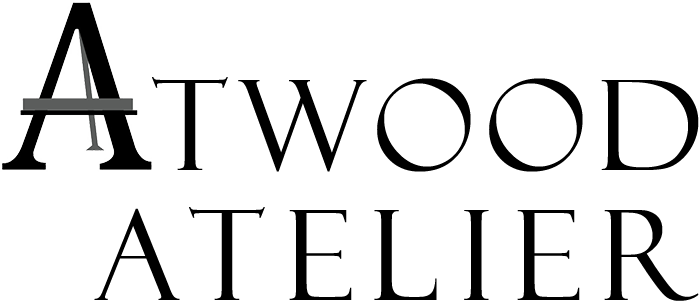The Portrait in Watercolor Supply List
Note: These supplies are simply suggestions that I like to use. If you have materials that you are comfortable with, that’s fine. Feel free to email philipsalamone@gmail.com with any questions.
Paper - I would recommend at least 140lb, but other than that it doesn’t matter too much whether its hot or cold press, cotton or linen rag, or wood pulp. You can use sheets sold individually or a watercolor pad. I like Arches 140lb cold press, sold by the single 30 x 22” sheet, and I rip it in half. For this workshop you will want at least two pieces, each at least 11” x 14”, though I like 15 x 22”.
Board for your paper If your paper is under 300lb, you will need to stretch it to avoid buckling. There are many ways to do this. I stretch the paper by stapling it to Homasote. Since the workshop is only two days, we will not be stretching the papers in class. Please arrive with your paper already stretched and ready to paint on. If you have questions about how to stretch paper, or if you would like to purchase a piece of Homasote from the studio beforehand, please email me to arrange to do so.
Brushes - At a minimum, I recommend three types of brushes for watercolor: a round brush, a large oval wash brush, and a small stiff brush for scrubbing. For a round, I use the Kolinsky Sable series 33 size 9 from Rosemary, since it is springy and offers control for details. For the large oval wash brush I use a Pointed Squirrel Oval Wash 1” also from Rosemary. This brush is nice for large washes and the squirrel hair is a little flimsier and ideal for looser brushwork. Both are good all-around brushes. For a scrubbing brush, any small, stiff, hog bristle or synthetic works well.
Paints - I recommend artist grade, as opposed to student grade paints since there is a higher percentage of pigment to binder and they are generally more lightfast. Reliable brands include Winsor and Newton, Holbein, and Daniel Smith, among others. I also prefer paint from the tube rather than the small pans, since they are generally more saturated and don’t get muddied as easily. A good portrait palette might include raw umber, aureolin or cadmium yellow, yellow ochre, quinacridone red, burnt sienna, alizarin crimson, burnt umber, ultramarine blue, cerulean blue, sap green, hooker’s green, and payne’s gray. Whichever colors you choose, try and aim for a warm and cool pigment of each hue.
OTHER MATERIALS
Pencil - I recommend an HB or B
Pencil sharpener or razor blade and sandpaper
Kneaded eraser
Large knitting needle or a long handle paint brush for comparative measuring
Watercolor palette
Two water containers
Paper towels
Small handheld mirror for checking drawing (optional - cell phone also works for this)
Spray bottle (optional)
Viewfinder (optional)
Note: There will be a hair dryer for use available in the studio.
